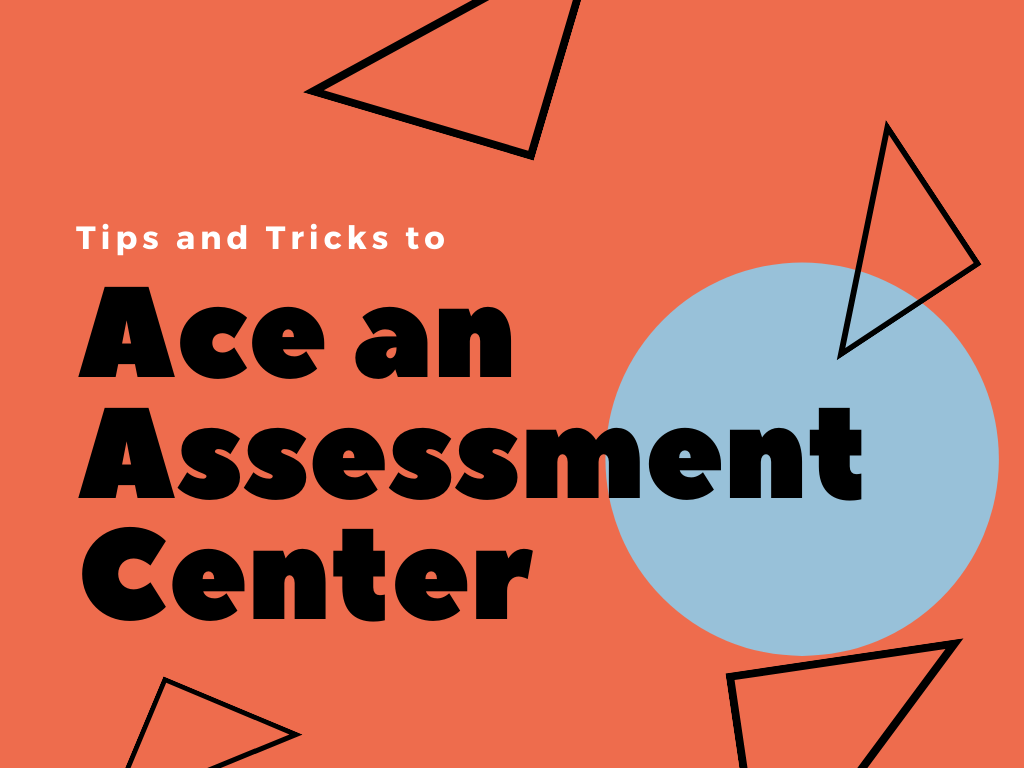A job interview is one of the most nerve-wracking experiences you will ever have to go through. After all, your entire career is riding on the responses you provide to a barrage of sometimes difficult questions. In today’s competitive job market, being able to sit down with a potential employer is a small victory but stumbling over your interview questions could mean missing out on winning the position.
Fortunately, knowing what to expect in the interview will give you an edge over the competition. An interview technique growing in popularity is one that uses behavioral questions. Participants are asked questions that start with phrases like “describe a situation when you…”, “or tell me about a time when…”
When you are under pressure, these types of questions can catch you off guard, and it’s easy to bluster out a lackluster response. However, when you formulate your answers using the STAR method, you will be more likely to land yourself a job.
What is the STAR Method?
The STAR method is an interview strategy designed to reveal how applicants will draw on their previous experience when responding to a similar situation in their new role. STAR stands for Situation, Task, Action, and Result, which creates a sort of checklist for your mind. Your answers will be succinct and concise and reduce the chance that you will leave out important details.
Situation
The interviewer asks the candidate to describe a previous situation or a task they were required to perform. They are looking for something specific, rather than a generalized description of prior job roles. You can use your experiences from a volunteering work or a relevant life event. It doesn’t always have to be an anecdote from previous employment.
Task
The task refers to the intended goal or outcome. The interviewer will be looking for the roles and responsibilities you had during the situation.
Action
The most impressive answers will provide plenty of details about the steps taken and the contributions made at a personal level. It’s essential not to focus on the efforts of the team as a whole, but rather, focus more on your personal contribution.
Result
The result section of a STAR formulated response describes the outcome of the actions taken. The interviewee should not be shy about taking credit where credit is due. Also, provide details about what happened and how the situation ended. List what you accomplished and what you learned — the more information and the more positive outcomes you can include, the more convincing your answer will be.
Why More People are Using the STAR Method
Behavioral questions during interviews are growing more popular because they help to create a pseudo objective atmosphere.
Note: No interview technique can completely eliminate human bias, but behavioral or competency-based questions will dramatically reduce its influence on a decision
All candidates are given the same questions, which are designed to closely resemble scenarios the applicant may be exposed to in their new role. Many employers consider behavioral questions to be the best strategy for getting to the core of a personality. Plus, they believe a candidate’s past performance is the most reliable indicator of how they will handle themselves in the future.
Why You Should Use the STAR Method When Answering Behavioral Questions
We talked briefly about how STAR creates a mental checklist that reduces the risk you will leave something valuable out of your answer, but the technique provides a few more advantages.
Your Answers are More Detailed
The most often repeated feedback on the quality of responses to interview questions from employers is that the candidates’ answers did not contain enough detail. Structuring your responses around STAR will ensure you provide sufficient detail to convince the interviewer you have the necessary experience to do the job well.
STAR is a More Structured Response
Nervous candidates will be more inclined to ramble out their responses in a confusing and unstructured way. When you have prepared yourself with STAR, your answers will be coherent, structured, and concise.
You Remove Gut Feeling Bias
Managers often base their decisions on a gut feeling or subconsciously put more importance on how a candidate spoke or how they dressed. No interview technique can completely eliminate human bias, but behavioral or competency-based answers will dramatically reduce its influence on a decision.
Examples of Behavioral Based Questions
The STAR technique is a straightforward approach to answering behavioral interview questions that require you to relate real-life examples of how you resolved a situation.
You won’t have any trouble recognizing behavioral questions, because they generally open with phrases like:
- Give me an example of…
- Describe what you did when…
- Have you ever…
- Tell me about a time when…
You need to consider a relevant response, and then deliver it in an easy to understand, yet compelling format that provides all the necessary details.
Practice your STAR delivery by considering how you would answer the following questions:
- Tell me about a time when you were faced with a stressful situation that demonstrates your coping skills.
- Describe a day when you had too many things to do and had to prioritize your tasks.
- Have you ever had to make a split-second decision?
- Describe a time when you had to show initiative and take the lead.
- Tell me about a time when you had to use your presentation skills to convince a client.
- Tell me about a time when you had to handle an unsatisfied or distraught customer.
Keep your examples relevant to the role for which you are applying and describe the competencies you need to possess. The example you choose should also be sufficiently complex to demonstrate your skills in handling the situation adequately.
A Sample STAR Response
The following example describes a customer service representative’s response to resolving a situation where the customer has become dissatisfied with the response time to a sales query.
The Question – Tell me about a time when you were required to deliver exceptional customer service after following up on a customer complaint.
Situation – A customer had contacted the sales team saying they had been waiting more than a week for a response to their sales query.
Task – I was required to discover the point where the sales process had broken down while also addressing the customer’s query.
Activity – I apologized to the customer, requested their details, and assured them I would return their call within the hour. After consulting with the sales team supervisor, I discovered that one digit on the customer’s phone number had been entered incorrectly into the CRM (customer relations management) software. I called the customer back and informed them of the error. I was also authorized by management to offer the customer a significant discount on their next purchase to make up for the inconvenience they had suffered.
Result – The customer was very understanding about the mistake and was delighted with the level of respect and consideration we showed them when resolving it. They were very generous in their online review and have continued to do business with the company.
When a STAR response is delivered correctly, it comes across as confident, natural, and unforced. Create a series of responses in advance and practice them regularly. Your answers will be sure to impress in your next interview and will increase your chances of securing the position.



Leave a Reply
You must be logged in to post a comment.